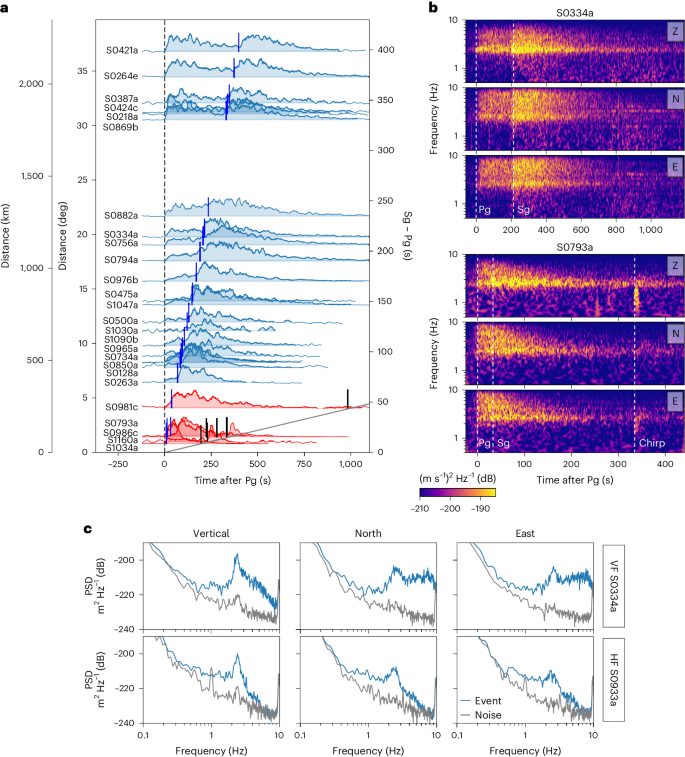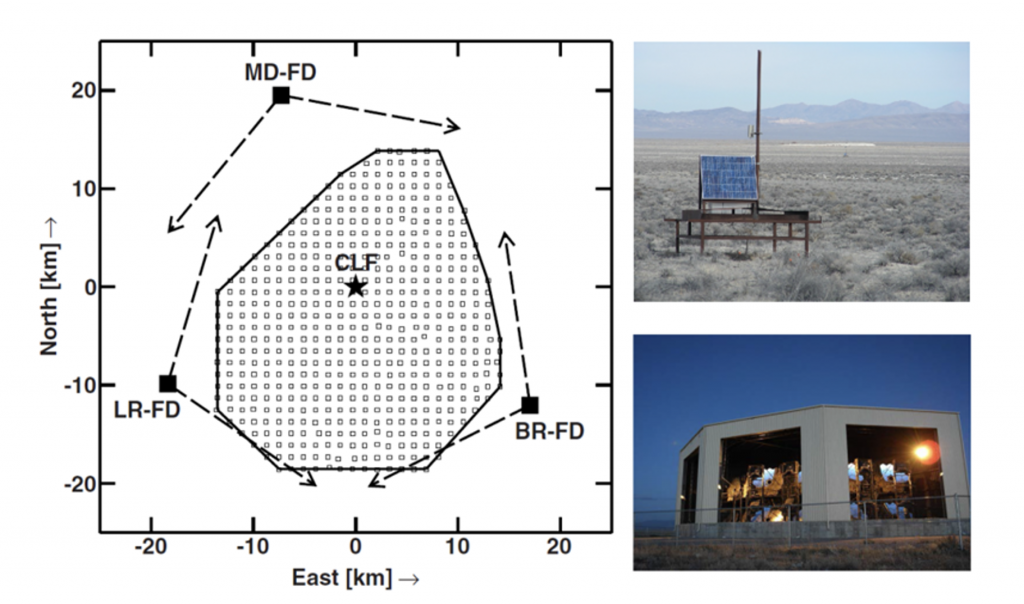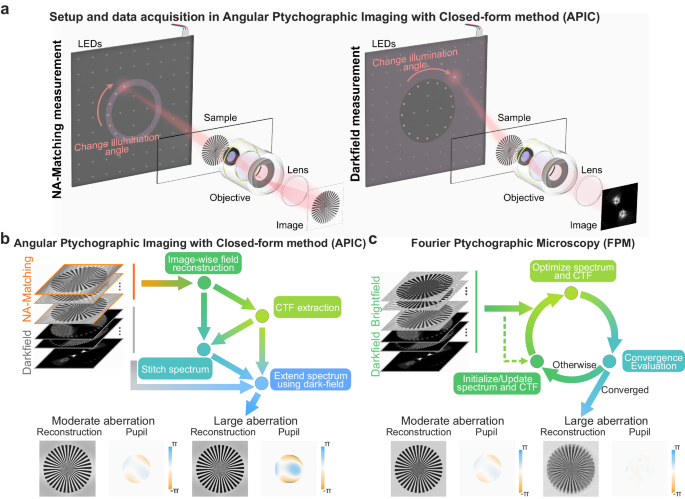2024-06-28 インペリアル・カレッジ・ロンドン(ICL)
<関連情報>
- https://www.imperial.ac.uk/news/254473/surprising-meteorite-impact-rate-mars-cosmic/
- https://www.nature.com/articles/s41550-024-02301-z
超高周波火星地震の統計から火星の衝突率を推定する An estimate of the impact rate on Mars from statistics of very-high-frequency marsquakes
Géraldine Zenhäusern,Natalia Wójcicka,Simon C. Stähler,Gareth S. Collins,Ingrid J. Daubar,Martin Knapmeyer,Savas Ceylan,John F. Clinton & Domenico Giardini
Nature Astronomy Published28 June 2024
DOIhttps://doi.org/10.1038/s41550-024-02301-z

Abstract
The number density of impact craters on a planetary surface is used to determine its age, which requires a model for the production rate of craters of different sizes. On Mars, however, estimates of the production rate of small craters (<60 m) from orbital imagery and from extrapolation of lunar impact data do not match. Here we provide a new independent estimate of the impact rate by analysing the seismic events recorded by the seismometer onboard NASA’s InSight lander. Some previously confirmed seismically detected impacts are part of a larger class of marsquakes (very high frequency, VF). Although a non-impact origin cannot be definitively excluded for each VF event, we show that the VF class as a whole is plausibly caused by meteorite impacts. We use an empirical scaling relationship to convert between seismic moment and crater diameter. Applying area and time corrections to derive a global impact rate, we find that 280–360 craters >8 m diameter are formed globally per year, consistent with previously published chronology model rates and above the rates derived from freshly imaged craters. Our work shows that seismology is an effective tool for determining meteoroid impact rates and complements other methods such as orbital imaging.



